The world has been reshaped again and again by people from and things created in New Jersey. From Edison’s light bulb, to the Atlantic City boardwalk, to the first intercollegiate football game, to Frank Sinatra and Count Basie, New Jersey’s innovations and innovators have had an impact around the nation and around the world. To find a site from our collection of Sites noted for Innovation: Please click on the title to the right to view site. |
|
|---|
New Jersey - 350 years of Innovation |
||
 |
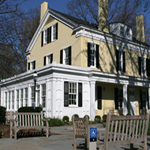 |
Joseph Henry House, 1838 Mercer County, Princeton Borough Princeton University Campus National Historical Landmark |
|
||
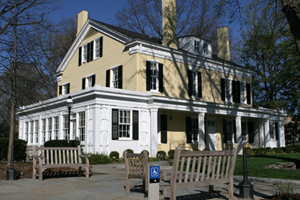 |
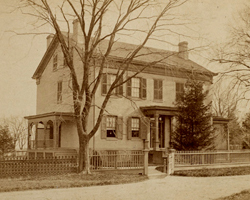 |
|
Joseph Henry House. |
Joseph Henry House, 1872. |
|
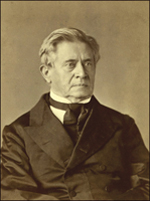 |
For more information on this site and subject, search the following terms: “Joseph Henry” “Joseph Henry House Princeton” “Joseph Henry Electromagnetism” |
|
Joseph Henry, |
||
New Jersey - 350 years of Innovation |
||
 |
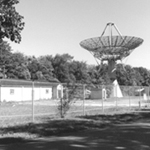 |
Camp Evans Camp Evans Wall Township, Monmouth County National Historic Landmark |
In Project Diana after the war, Camp Evans bounced radio waves off the surface of the moon and read their echo, demonstrating the possibility to communicate beyond the earth’s atmosphere. This achievement showed, in principle, that it would be possible to communicate with spacecraft and with artificial satellites that could observe our planet from space. These capabilities have led to many military applications, but they have also given us weather satellites, for example, by which we can track hurricanes—including Sandy—and have global communications that support the Internet. Camp Evans was designated a National Historic Landmark (NHL) on October 16, 2012, to recognize the important role it played in World War II. The Landmark nomination states, “Equipment developed, tested, battle hardened, documented, and upgraded at Camp Evans saw use in all World War II theaters of war and protected American military assets worldwide.” |
||
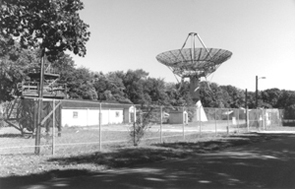 |
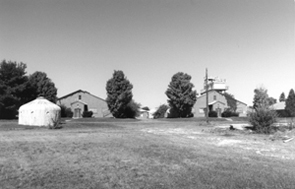 |
|
Camp Evans Project Diana antenna built for |
Camp Evans "H" Complex buildings 9036 |
|
| For more information on this site and subject, search the following terms: “Camp Evans”, “InfoAge”, “Project Diana radio” and “radar history.” | ||
New Jersey - 350 years of Innovation |
||
 |
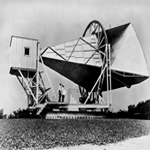 |
Bell Labs Union County, Murray Hill Holmdel Township, Monmouth County National Historic Landmark |
Begun in New York City in 1925, the labs moved in 1941 to Murray Hill in New Providence, Union County. Murray Hill remained Bell Labs' primary headquarters, but a satellite campus was built in Holmdel, Monmouth County, where an office building designed by internationally-famous architect Eero Saarinen opened in 1961. At its height, Bell Labs employed about 15,000 people in an astonishingly wide variety of specialized fields. Bell Labs not only had staff who could conceive innovations, they could also discover the science to explain them, make the working models to demonstrate them, and transform prototypes into actual products. Because of the aura that surrounded Bell Labs, it often seemed that the Bell Telephone System itself somehow belonged to New Jersey in the mid-20th century. The story of Bell Labs is explained more fully in Jon Gertner, The Idea Factory: Bell Labs and the Great Age of American Innovation (2012); Jeremy Bernstein, Three Degrees Above Zero: Bell Labs in the Information Age (1984); and John Brooks, Telephone: The Wondrous Invention that Changed a World and Spawned a Corporate Giant (1976). Search the following terms online: Bell Labs, transistor, Unix, systems theory, and Horn Antenna. |
||
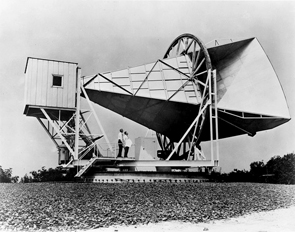 |
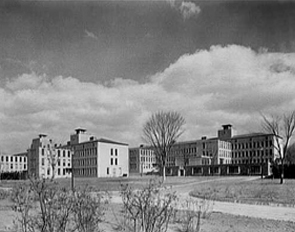 |
|
Horn Antenna, Bell Labs, Holmdel Township.
|
Bell Labs, Murray Hill. Courtesy of The Porticus Centre, Beatrice Technologies, Inc., Subsidiary of Beatrice Companies, Inc. |
|
| For more information on this site and subject, search the following terms: “Bell Labs”, “Bell System History”, “Horn Antenna” | ||
|
|
|
|
